Taming the Blades: How to Keep Your Knives Razor Sharp with a Honing Steel
Do you want your kitchen knives to stay as sharp as possible? Are you tired of frequently replacing dull blades? Any avid cook or professional chef knows that a sharp knife is the foundation of preparing a tasty meal.
But how do you keep those blades razor-sharp with minimal effort? The answer is simple – getting the right knife sharpener for your kitchen and mastering the art of using a honing steel. After all, a sharp knife is integral to success in any culinary venture.
The Benefits of Using Honing Steels
Since its introduction back in the 19th century, having a durable and refined honing steel has transformed how we sharpen our blades. This small yet mighty tool paves the way for a multitude of advantages, the most prominent being:
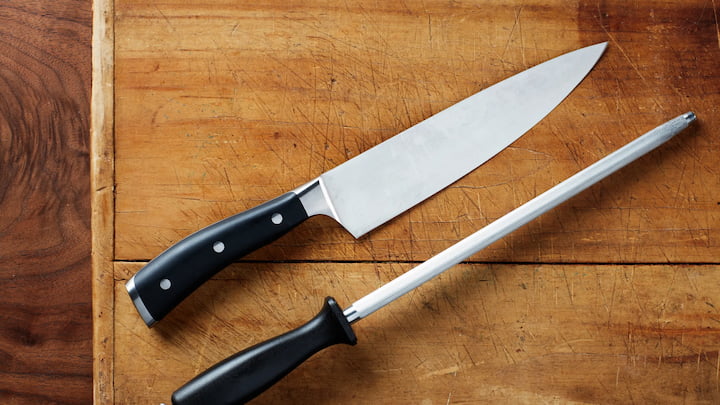
Maintain Sharpness Over Time
With just a few strokes at regular intervals, a sharpening steel will keep your knife as sharp as the day you bought it. It’s no secret knives tend to wear down quickly, but honing steels are the perfect solution for keeping them in top-notch condition.
Other sharpening methods like whetstones and electric sharpeners can often leave your blade dull in a matter of weeks – but this tool will keep those blades sharp for longer due to its meticulously crafted design.
Realign Microscopic Teeth on the Edge
All knives have a set of microscopic teeth on their edges that give them their unique sharpness. However, these teeth can get misaligned over time and cause your blade to become dull or even damaged.
When you use a sharpening steel, you’re essentially realigning these microscopic teeth, with only a few strokes along its grooved surface. This ensures that your blade stays as sharp and precise as it was intended to be.
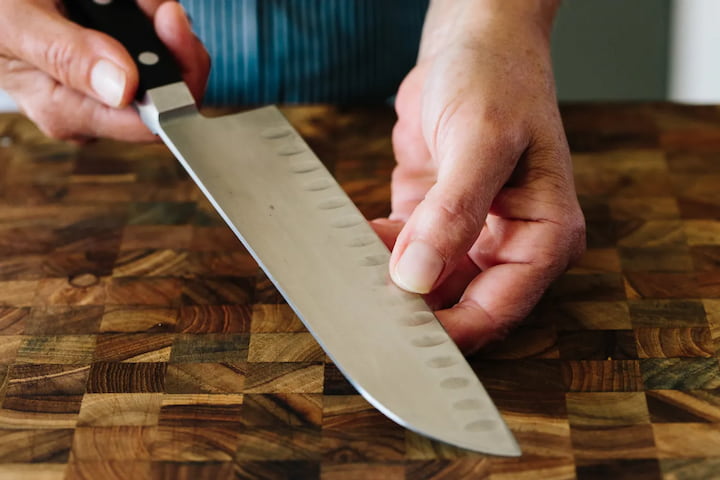
Increase Safety While Cutting
It’s often said that a dull blade is just as dangerous as a sharp one. If you try to use a dull knife, you’ll find yourself having to apply more pressure, which can cause the blade to slip and result in a nasty accident.
But with a sharp one, you inherently have more control over the blade, increasing your safety and decreasing the chances of an unfortunate swipe. As you slice through your ingredients with ease, you’ll see greater satisfaction in the result of your dishes.
Cost-Effective and Easy-to-Use Solution
Honing rods are relatively inexpensive and can last a lifetime if taken care of properly. Cleaning and maintaining them is also a breeze, so you’ll be able to enjoy their benefits for years to come.
Not to mention, they’re incredibly easy to use once you’ve gotten the hang of it. Simply place the knife against the rod’s surface and hold it firmly in place with your dominant hand. Then, make sure to move the blade in a steady back-and-forth motion without applying too much force.
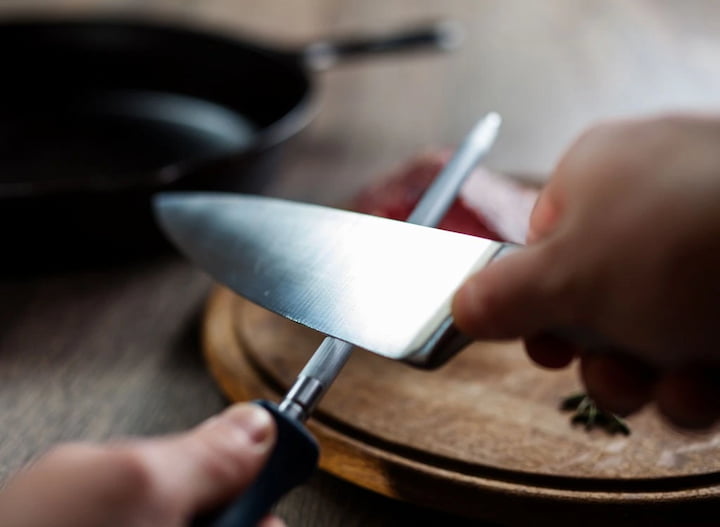
Tips for Maintaining a Sharp Edge with a Sharpening Steel
Even if you get the best option on the market, skill and technique are still incredibly important to get the most out of it. Focusing on the following tips will help you use your tool to its fullest potential:
Choose the Right Honing Angle for Your Blade
Different types of knives have distinct optimal sharpening angles. For instance, European-style knives should be honed at a 20-degree angle (10 degrees on each side) while Japanese-style models should be sharpened at a 15-degree angle (7.5 degrees on each side).
While it may take some trial and error to figure out the ideal angle for your knife, it’s worth the effort since a higher degree of sharpness will ensure more precise and consistent results. Take a look at the manufacturer’s recommendations and use that as a reference.
Avoid Using Too Much Force While Sharpening
It might be tempting to use a lot of force when you’re sharpening your knife, but doing so can damage the blade. Instead, opt for gentle strokes and maintain a consistent angle along the steel’s grooves.
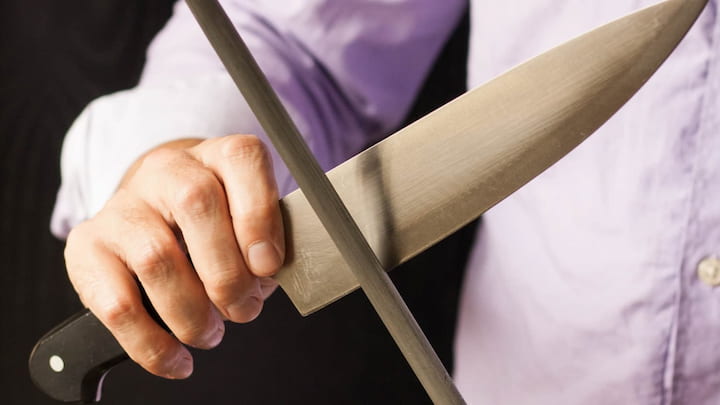
Keep your motion steady, and don’t press too hard against it – let the tool do the work for you. If you notice any damage to the blade (e.g. chips or breaks), take it to a professional knife sharpener for repair and maintenance.
Wipe the Honing Steel Down With a Damp Cloth After Each Use
As with any tool or utensil, it’s good practice to clean the sharpening rod after each use. This will not only help remove dirt and debris but also extend its lifespan by preventing rust and corrosion.
Simply take a damp cloth and wipe it down after each use, paying special attention to the grooves along its surface. When done, let it air dry and store it safely.
Don’t Overhone the Blade
Finally, remember that sharpening your knife is not a race. It’s easy to get carried away in your enthusiasm, but resist the urge to overhone the blade and stick to short, gentle strokes.
Take your time with it, and pay attention to how the knife feels in your hand. When you can feel the edge regain its sharpness, you’re done – any further honing could damage the blade.


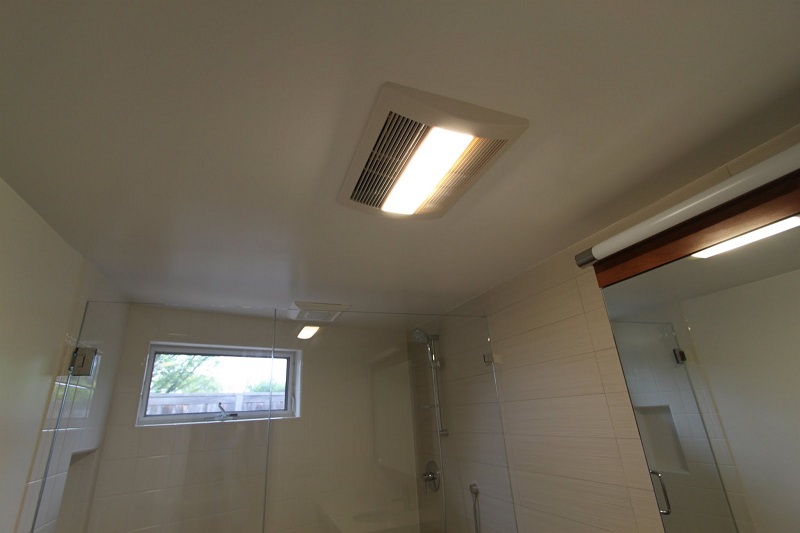



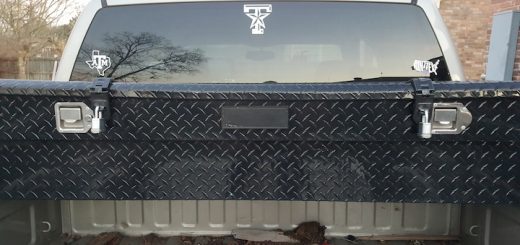

![AFX Sauber F1 C44 Stake No24 Slot Car [22092]](https://www.availableonline.com.au/wp-content/uploads/2025/06/6ccd9e30-c6fa-4910-9081-5fcc3ba80b04__60843-520x245.jpg)